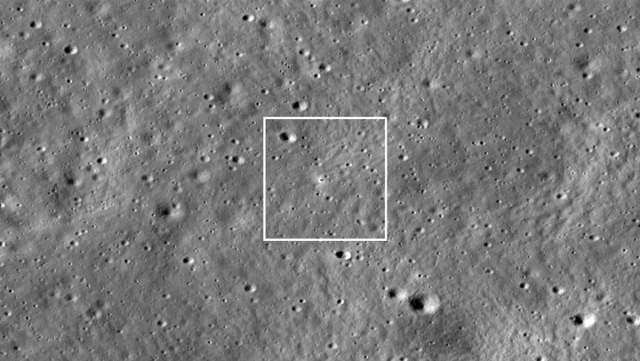A NASA spacecraft has successfully directed a laser beam from the orbit of the moon to India’s Vikram module on the moon. This was a scientific experiment. The laser travelled about a hundred kilometres to the lunar surface and hit exactly the target, the size of which is only 5 cm.
The small target, about the size of a biscuit, was a retroreflector array placed on Vikram. The beam reflected from it was again “caught” by NASA. This method is usually used to find out the location of satellites. On the Moon, however, it worked to determine the localisation of a stationary object.
According to the head of the mission Xiaoli San, now experts will have to improve the technique to make such a method is common in future projects.
Adverts
469
previous post
Adverts

